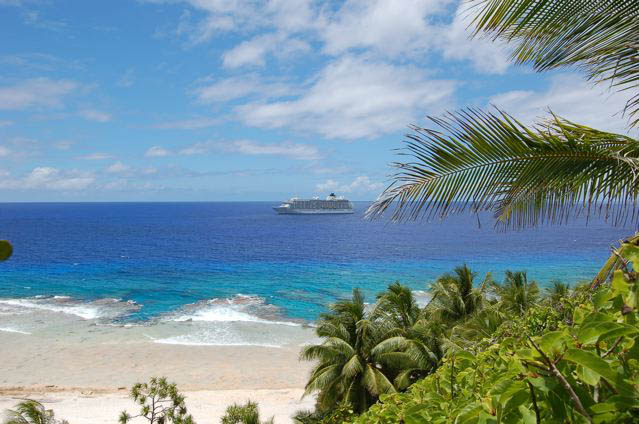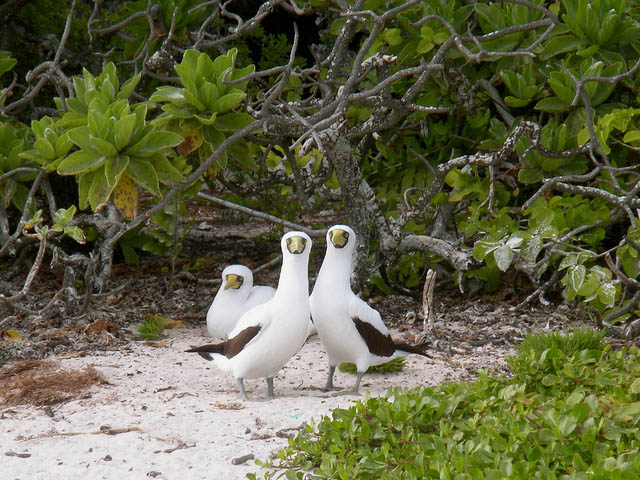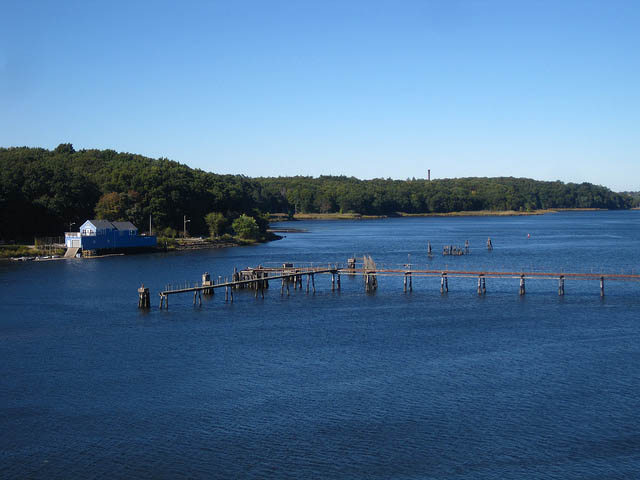Henderson Island
Peble Jeine
Henderson Island, which lies in the eastern South Pacific, is one of the few atolls in the world whose ecology has been practically untouched by a human presence. Its isolated location provides the ideal context for studying the dynamics of insular evolution and natural selection. It is particularly notable for the 10 plants and four land birds that are endemic to the island.
 |
| Henderson Island |
Henderson Island is a raised coral atoll which together with Pitcairn, Ducie and Oeno forms part of the Pitcairn Island Group, a Dependent Territory of the United Kingdom in the South Pacific. This is one of the remotest groups of islands in the South Pacific, with no major landmass within a 5,000 km radius. Henderson is an elevated coralline limestone (makatea ) island which rises as an isolated conical mound from a depth of about 3.5 km, and is presumably a reef-capped volcano. The surface of the island is in large part reef-rubble interspersed with areas of dissected limestone, surrounded by steep limestone cliffs undercut on all sides except to the north.
There are three main beaches, to the north, north-west and north-east. Tidal range at spring tides is probably about 1 m, and tides are semidiurnal. The central depression is considered to be an uplifted lagoon. The island is arid with only one fresh water spring known. It has a very rugged topography, with limestone pinnacles and steep-sided pits, beneath the dense tangled vegetation. The coastline is one of steep cliffs with fringing reefs on the north and north-west sides.
The vegetation of the island has not been modified to any significant extent, and most of the surface of the island is densely vegetated with tangled scrub and scrub forest 5-10 m tall. The central part of the depression is more sparsely covered. The island has a high degree of endemicity for its size, out of a total of 51 native flowering plant taxa, 10 are endemic. There are no native species of land mammal. All four of the island's land birds are endemic, flightless Henderson rail, Stephen's lorikeet (R),Henderson fruit dove and Henderson warbler. Very little information is available on either the ecology or the status of these four birds. 15 seabirds have been recorded, at least nine of which are thought to breed on the island. The island's invertebrate fauna is also little known but about one-third of the insects and gastropods so far collected are endemic.
Henderson was colonized by Polynesians between the 12th and 15th centuries, but this period of settlement had little ecological impact and the island has remained uninhabited in modern times.
As a near pristine island ecosystem, it is of immense value for science. The inhospitable nature of the island, together with its remoteness and inaccessibility, has so far effectively ensured its conservation. Henderson Island is the world's only forested atoll with its ecology virtually intact, with ongoing geological and biological processes.






Enter your first comment!